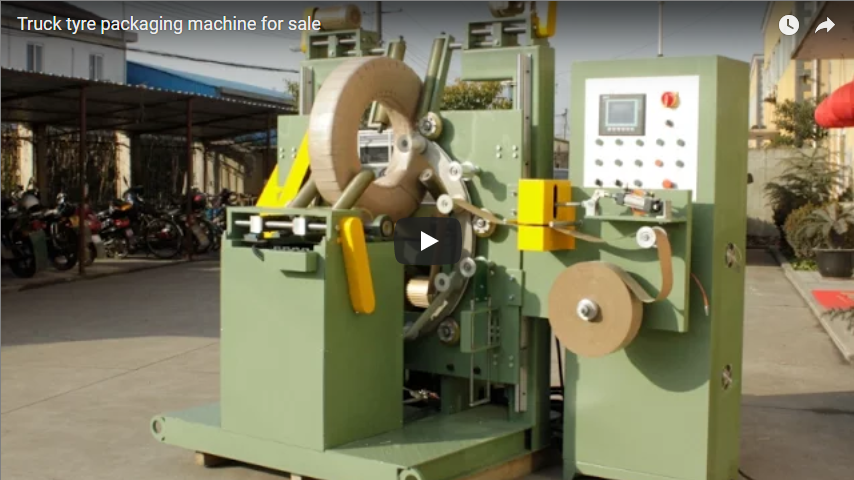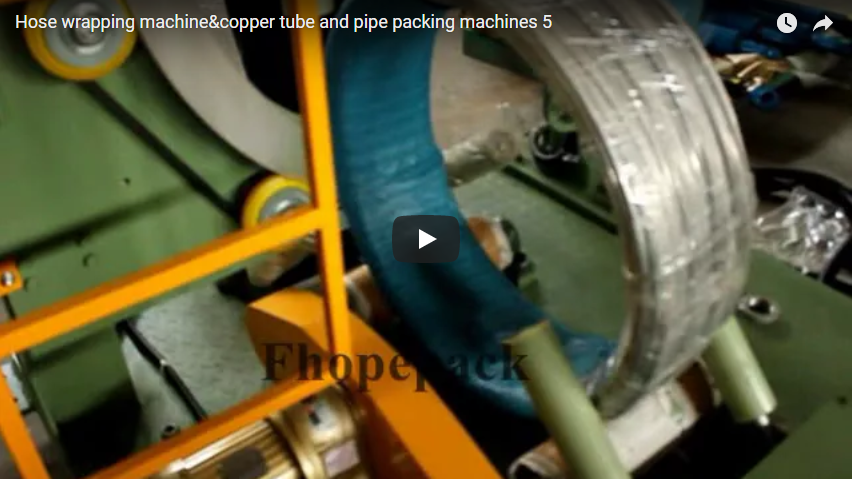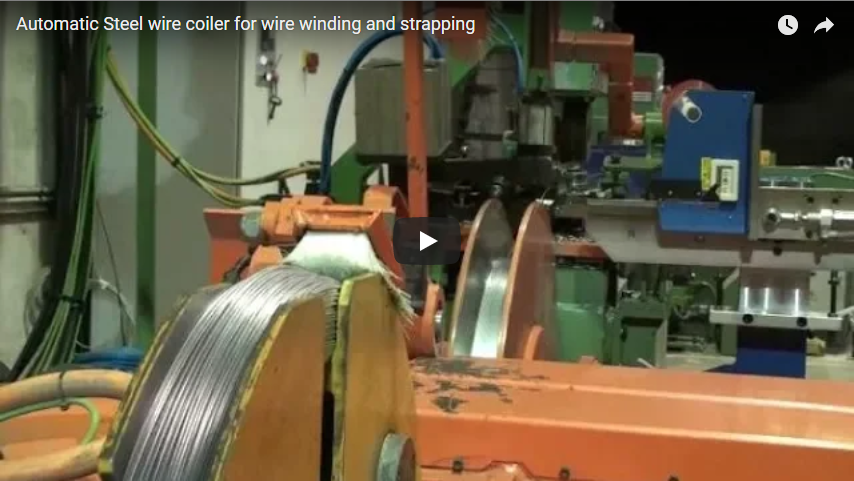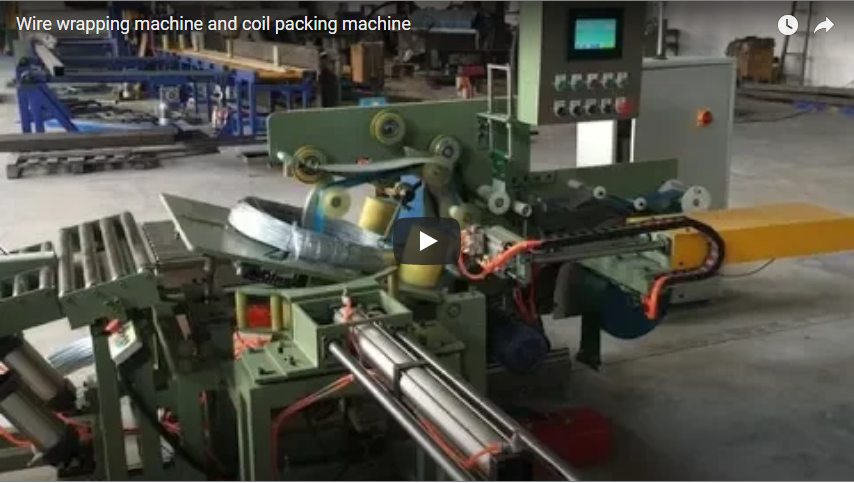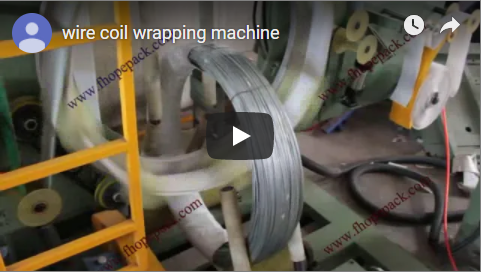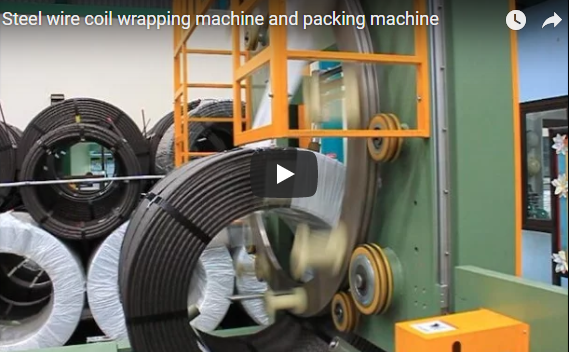Enhancing Wire Packaging Efficiency: The Automatic Steel Wire Compacting and Strapping Machine
In modern industrial environments, particularly within the steel wire, construction, and manufacturing sectors, efficient material handling and packaging are critical for maintaining productivity and controlling operational costs. The manual or semi-automated handling of bulky steel wire coils often presents significant challenges, including labor intensity, potential safety hazards, inconsistent package integrity, and throughput limitations. Addressing these challenges requires advanced automation solutions.
The Automatic Steel Wire Compacting and Strapping Machine represents a significant technological advancement designed to streamline the wire packaging process, offering substantial improvements in efficiency, safety, and package quality. This integrated system automates the critical steps of compacting loose wire coils and securely strapping them for storage, transport, or further processing.
Overcoming Traditional Packaging Bottlenecks
Traditional methods for bundling steel wire often involve considerable manual labor, leading to:
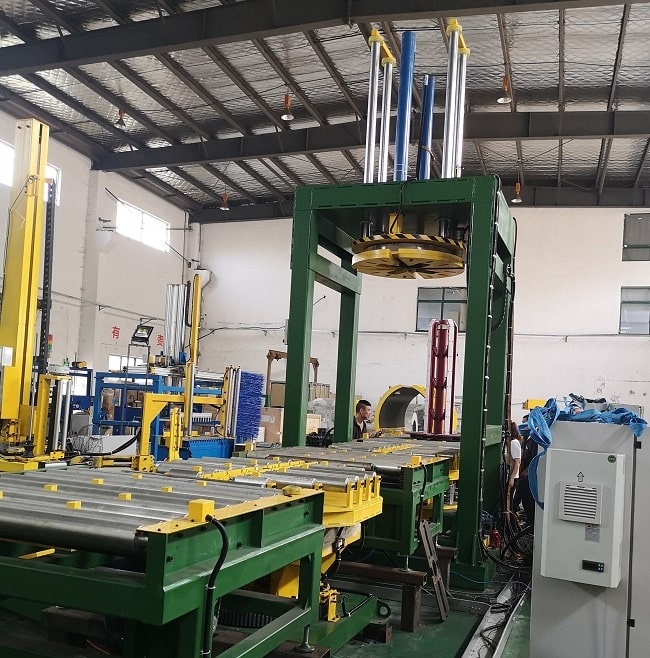
- Inconsistent Compaction: Manual bundling rarely achieves uniform density, potentially leading to unstable loads and inefficient use of storage space.
- Ergonomic Risks: Handling heavy, unwieldy wire coils poses risks of musculoskeletal injuries to personnel.
- Variable Strapping Tension: Manual or basic strapping tools can result in inconsistent tension, potentially compromising bundle security during handling and transit.
- Process Inefficiencies: Manual steps significantly slow down the overall packaging cycle time, creating bottlenecks in production or distribution workflows.
Core Technology and Operational Advantages
The Automatic Steel Wire Compacting and Strapping Machine leverages sophisticated engineering principles, drawing from advancements noted in material handling research and packaging technology patents (e.g., related to automated compaction mechanisms and strapping head designs).
1. High-Force Compaction System
- Utilizes hydraulic or electro-mechanical systems to apply controlled, high force (often adjustable based on wire type and coil size) to the wire coil.
- Ensures uniform density and a tightly compacted bundle, optimizing space utilization and enhancing stability. Research published in journals like Packaging Technology and Science often highlights the correlation between package density and logistical efficiency.
- Compaction geometries are often engineered, sometimes referencing patented designs, to prevent wire damage while maximizing density.
2. Automated Strapping Mechanism
- Integrates robust industrial Strapping Machine heads, compatible with Polypropylene (PP), Polyester (PET), or steel strapping materials.
- Features precise strap feeding, tensioning (often electronically controlled for consistency), sealing (e.g., friction-weld for PET/PP, notch/seal-less for steel), and cutting cycles.
- Ensures consistent strap placement and tension, meeting stringent packaging requirements like those outlined in ASTM D3953 (Standard Specification for Strapping, Flat Steel and Seals) or similar PET/PP standards.
3. Integrated Control and Automation
- Typically operated via a Programmable Logic Controller (PLC) with a user-friendly Human-Machine Interface (HMI).
- Allows for parameter adjustments (compaction force, strap tension, number of straps) and recipe storage for different wire products.
- Seamlessly integrates into existing production lines, often incorporating conveyors for automated coil loading and unloading.
Quantifiable Benefits for Industrial Operations
Implementing this automated solution delivers tangible benefits recognized by industry leaders and frequently discussed in publications like Industrial Distribution:
- Increased Throughput: Drastically reduces cycle times compared to manual methods, often by 50-70% or more, directly boosting output capacity.
- Labor Cost Reduction: Minimizes the need for manual intervention, freeing up personnel for higher-value tasks and reducing direct labor costs associated with packaging.
- Enhanced Safety: Eliminates heavy manual lifting and handling of coils during compaction and strapping, significantly reducing ergonomic risks.
- Improved Package Quality: Consistent compaction and strapping ensure secure, stable, and uniformly sized bundles, reducing the risk of product damage during handling and shipping.
- Optimized Material Usage: Precise tension control can optimize strap consumption, and consistent compaction aids in better space utilization in warehouses and transport vehicles.
- Operational Consistency: Automation eliminates variability inherent in manual processes, ensuring repeatable packaging quality 24/7.
Key Technical Specifications (Typical Ranges)
While specific parameters vary by model and manufacturer, typical specifications include:
- Coil Handling Capacity:
- Outer Diameter (OD): e.g., 800mm - 1400mm
- Inner Diameter (ID): e.g., 500mm - 850mm
- Coil Width/Height: e.g., 400mm - 1500mm
- Coil Weight: e.g., 500kg - 3000kg
- Compaction System:
- Compaction Force: e.g., 30kN - 100kN (adjustable)
- Strapping System:
- Strap Type: PET, PP, or Steel
- Strap Width: e.g., 16mm, 19mm, 32mm
- Number of Straps: Programmable (e.g., 2-6 radial straps)
- Sealing Method: Friction-weld, heat seal, or mechanical seal/notch
- Operational Parameters:
- Cycle Time: e.g., 40 - 90 seconds per coil (excluding conveying)
- Control System: PLC (e.g., Siemens, Allen-Bradley) with Touchscreen HMI
- Power Requirements: e.g., 480V/3Ph/60Hz or local equivalent
Industry Applications
The versatility of the Automatic Steel Wire Compacting and Strapping Machine makes it invaluable across various sectors:
- Steel Wire Manufacturing: Essential for packaging wire rod, drawn wire, and other wire products efficiently off the production line.
- Construction Supply: Streamlines the bundling of reinforcing wire, mesh, and other construction-grade wire materials for distribution and site use.
- Distribution Centers: Improves handling efficiency and storage density for various bulk wire products.
- Automotive & Appliance Manufacturing: Used for packaging wire coils destined for component production (e.g., springs, fasteners).
Integration with Carrier Take-Off Stations
As shown in the video, many systems can be equipped with automated carrier take-off stations. This feature further enhances automation by enabling the compacted and strapped coil to be automatically transferred onto a pallet, skid, carrier, or conveyor system, minimizing manual handling post-packaging and facilitating integration with downstream logistics or Automated Guided Vehicles (AGVs).
Conclusion: A Strategic Investment in Efficiency
The Automatic Steel Wire Compacting and Strapping Machine is more than just equipment; it's a strategic investment in operational excellence. By automating a labor-intensive and critical packaging process, businesses can achieve significant improvements in productivity, safety, package integrity, and overall cost-effectiveness. For companies handling steel wire, adopting such advanced automation is key to staying competitive and meeting the increasing demands of modern supply chains.

